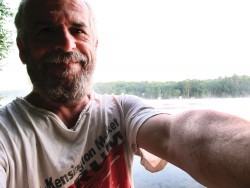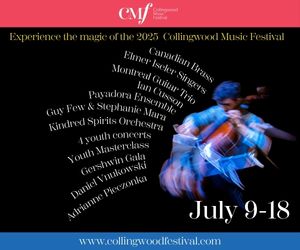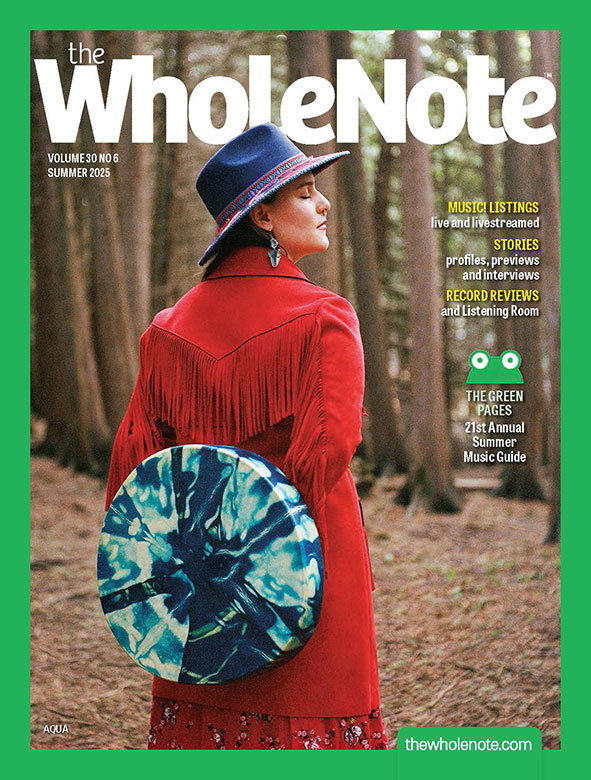Artworks
October 13 I felt like I knew a whole lot more about my fellow-Ontarians’ attitudes to the arts than I did the previous day. I knew, for example, that:
• 83% of Ontarians listen to music on a local radio station at least once a week
• 45% listen to music through a website or other streaming radio
• 79% of Ontarians read articles in newspapers or magazine at least once a week
• 60% attend professional music concerts “at any frequency,” another 55% attend professional stage plays or musicals and 51% visit art museums or art galleries
• Of the 43% of Ontarians who dance socially, 61% said it is “very important” to them
• 80% of respondents who visit art museums and galleries also reported it is “very important” to them. The home is the predominant setting for engaging in music (89%), dance (51%) and visual arts (71%) activities
• 45% and 48% of respondents do music and dance activities in restaurants, bars or night clubs, respectively
• Ontarians who engage in participatory music activities attend concerts by professional musicians at a rate that is two to three times higher than those who do not
• 95% of Ontarians said they would like to be doing more arts activities than they are doing now.
The thing that happened overnight between October 12 and October 13 to make me so much better informed was that the Ontario Arts Council (OAC) released the findings of a major commissioned report, the Ontario Arts Engagement Study, that looked at “the full spectrum of arts activities from traditional audience-based activities (such as attending performing arts events or visiting an art gallery) to personal practice activities (such as playing a musical instrument, painting, or taking dance lessons), including arts participation via electronic, print and digital media (such as radio, television or the Internet).” And it explored “the importance of these arts activities to Ontarians, the settings in which arts activities take place, the relationships between personal arts practice and attendance, and the patterns of engagement across regions and demographic groups such as age and gender.”
So as I said, October 13 found me better informed than I had been the day before, but not necessarily a whole lot wiser.
Thankfully along with the report there was a “List of Things To Think About” (for people like me, I guess, who find information a obstacle to thought).
“The report raises questions and implications for arts organizations seeking to enhance their relationships with audiences” it said, and went on with its questions. There were eight. So far I’ve got as far as three:
Given the pivotal role of electronic, print and digital media in the landscape of arts engagement, how might arts organizations reach more deeply into the population through these media?
How will online activities, such as downloading music, change the way we deliver our artistic product?
How can arts organizations move forward and meet audiences, especially the younger ones, where they are and where they want to be?
Aha. Now there’s a plan …




